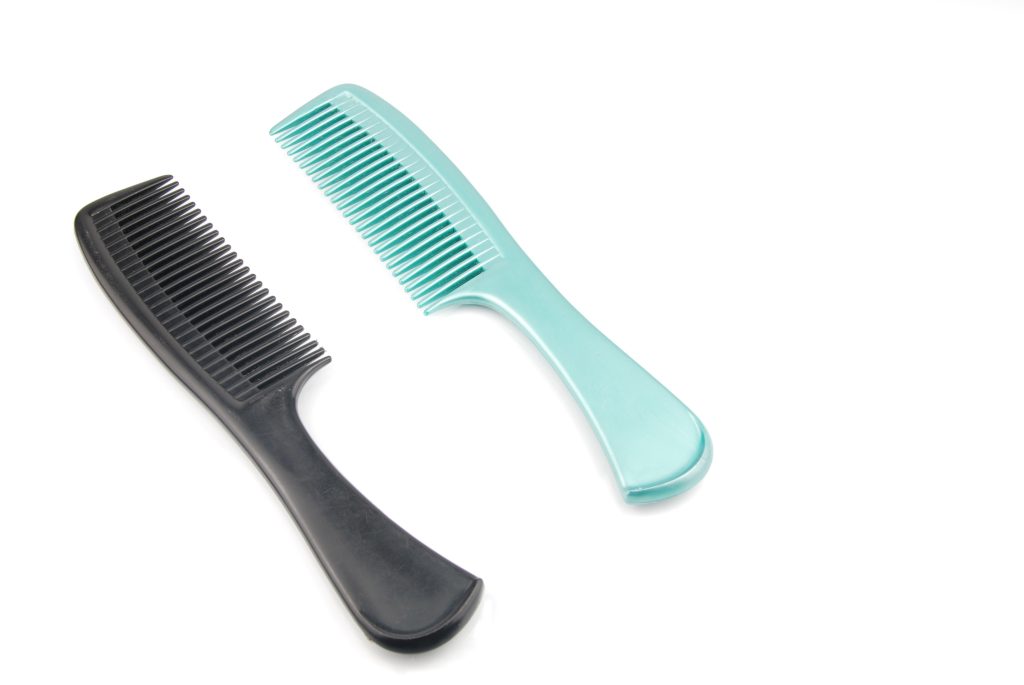Introduction to Updated Cleaning Standards
The COVID-19 pandemic has changed the way we approach cleanliness in our homes, schools, and workplaces. With the rise of this global health crisis, it became clear that maintaining high levels of hygiene is crucial in preventing the spread of infectious diseases. As such, updated cleaning standards have been developed to address the unique challenges posed by COVID-19. These new protocols go beyond traditional cleaning methods and incorporate additional measures to ensure that surfaces are thoroughly disinfected and safe from contamination. In this blog post, we will explore the importance of these updated cleaning standards and how you can implement them in your daily life.
Importance of Disinfecting High-Traffic Areas
One of the most important aspects of the updated cleaning standards is the emphasis on disinfecting high-traffic areas. These include places where people tend to congregate or come into close contact with each other, such as public transportation vehicles, classrooms, office spaces, and restrooms. The reason why these areas require special attention is because they pose a higher risk of transmission due to the increased likelihood of exposure to respiratory droplets. To effectively disinfect these areas, it’s recommended to use EPA-registered products that specifically target viruses like COVID-19.
How Often Should You Clean?
Another critical aspect of the updated cleaning standards is determining how often certain surfaces should be cleaned. While traditional cleaning schedules may suffice for some areas, others require more frequent attention. For example, frequently touched surfaces like doorknobs, countertops, and light switches should be wiped down at least once per day with an appropriate disinfectant solution. Additionally, shared equipment like keyboards and mouses should also receive similar treatment.

Best Practices for Deep Cleaning
Deep cleaning refers to a thorough cleaning process that goes above and beyond routine maintenance. It involves removing dirt, grime, and debris from hard-to-reach areas and using specialized tools and techniques to sanitize every nook and cranny. During deep cleanings, it’s essential to pay extra attention to areas that are often overlooked, such as ceiling vents, air ducts, and carpet fibers. By doing so, you can help eliminate any potential sources of contamination and promote better indoor air quality.
Conclusion and Final Thoughts
In conclusion, implementing updated cleaning standards is vital in creating a safer and healthier environment during the COVID-19 pandemic. By following these guidelines, you can reduce the risk of cross-contamination and protect yourself and those around you from harmful pathogens. Remember to always wear proper personal protective gear when handling chemicals and to dispose of waste properly. Stay vigilant, stay informed, and stay safe!

